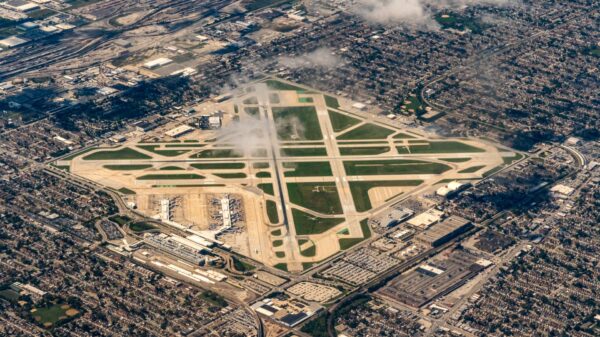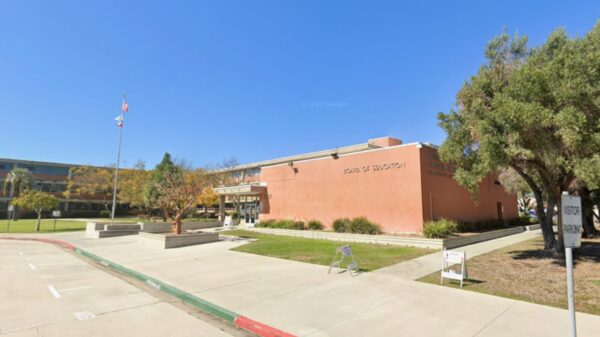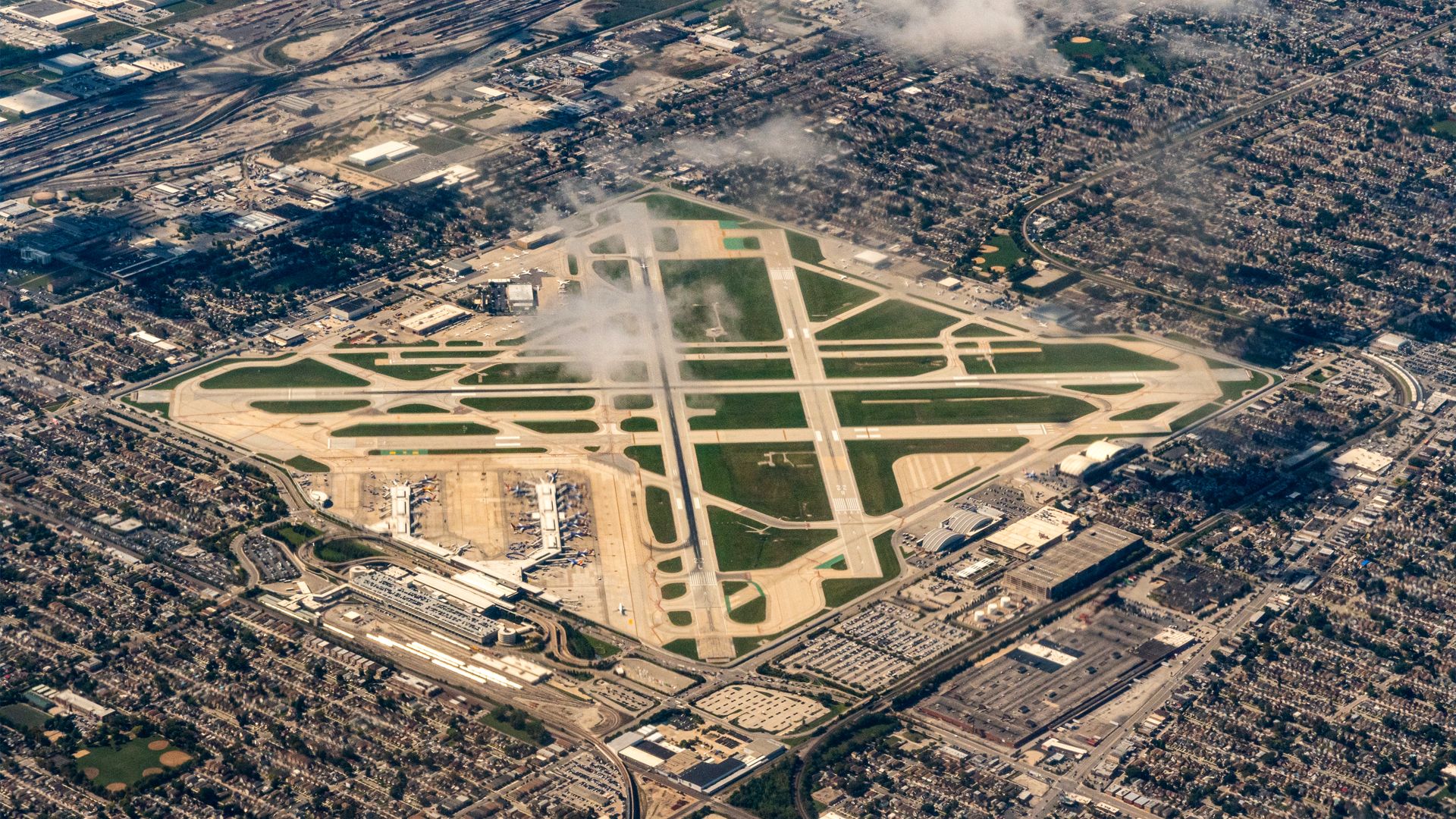Airports are more than just gateways to travel; they are repositories of history, reflecting the evolution of aviation over the decades. The United States is home to ten of the oldest airports still in operation, each serving as a reminder of the early days of flight and the dramatic shifts in air travel that have occurred since. This article explores these historic airfields, highlighting their founding dates, significant milestones, and current operations.
Historic Landmarks of Aviation
Understanding the legacy of these airports allows us to appreciate how aviation transformed from rudimentary beginnings into a global transportation system. The following list includes airfields that have been continuously operational since the early 20th century, showcasing their historical significance and ongoing contributions to aviation today.
1. College Park Airport – Established in 1909, College Park Airport in Maryland is recognized as the oldest continuously operating airport in the world. Initially founded by the US Army Signal Corps, it became a training site for military pilots. Over the years, it has hosted significant milestones, including the first military flight instruction and early airmail operations. Today, it functions as a general aviation airport and features the College Park Aviation Museum, which opened in 1981.
2. Stinson Municipal Airport – Founded in 1915 by the Stinson family in San Antonio, Texas, Stinson Municipal Airport is the second-oldest continuously operating airport in the United States. Originally a training field, it witnessed early barnstorming and exhibition flights. Today, the airport remains active for general aviation and flight training, contributing to the local community and being listed on the National Register of Historic Places.
3. Pearson Field – With its first recorded flights in 1911, Pearson Field in Vancouver, Washington, has a rich history that includes military aviation and early transpolar flights. The airport has preserved artifacts through its Pearson Air Museum, which educates visitors on its historical significance. Today, it supports general aviation and community events.
4. Minneapolis–St. Paul International Airport – Originally known as Speedway Field, this airport was established in 1920 on the site of a former racetrack. Over the decades, it evolved into a major airline hub, particularly for Northwest Airlines and now Delta. MSP continues to be a significant international airport and is known for its modern infrastructure and focus on passenger experience.
5. Long Beach Airport – Established in 1923, Long Beach Airport has a storied history that includes hosting early flight schools and supporting regional airline services. It is also notable for its Streamline Moderne terminal architecture. Today, it caters to business aviation and has commercial flights while maintaining its historical significance.
Evolution of Early Airports
6. Midway International Airport – Opened in 1923, Midway was initially known as Chicago Air Park. It briefly held the title of the world’s busiest airport in the late 1940s before being renamed to honor the WWII Battle of Midway. The airport remains an important hub in Chicago, specializing in short-haul domestic routes.
7. Logan International Airport – This Boston airport opened in 1923 and has since developed into New England’s primary international gateway. Logan’s history includes significant land reclamation projects and terminal expansions. Today, it serves a high volume of international and domestic flights.
8. Cleveland Hopkins International Airport – Established in 1925, Cleveland Hopkins was one of the first municipally owned airports in the United States. It pioneered numerous innovations, including the first radio-equipped control tower. Today, it remains a vital commercial airport in the region, focused on modernization and sustainability.
9. Spartanburg Downtown Memorial Airport – Opening its doors in 1927, this airport in South Carolina became a critical airmail stop and hosted Charles Lindbergh during his nationwide tour. It now serves as a general aviation facility, supporting business aviation and community events.
10. Albert Whitted Airport – Established in 1929 in Florida, Albert Whitted Airport has a rich connection to the area’s aviation history. It is known for its role in early airline services and flight training. Today, it continues to operate as a general aviation center, emphasizing preservation and modernization efforts.
These ten historic airports showcase the trajectory of aviation in the United States, from their early days as small airfields to their current roles as vital transportation hubs. Each airport reflects the resilience and adaptability of the aviation industry, surviving through wars, economic changes, and technological advancements. Their continued operation not only serves the communities around them but also preserves the legacy of early aviation pioneers who laid the groundwork for modern air travel.







































































